
Introduction to Granuloma Annulare
Granuloma annulare is a chronic skin condition and features with raised, reddish or skin-colored bumps. These skin changes form typical ring patterns and generally develop on the hands, feet, elbows and knees. The condition generally affects girls less than 15 years old.
The condition is neither painful nor itchy and apart from being unsightly does not cause any serious problems. In many cases granuloma annulare withdraws spontaneously within two years after the first bumps have formed. Patients do opt for treatment mainly because of aesthetic reasons.
Medical Treatment for Granuloma Annulare
Corticosteroids are powerful anti-inflammatory medications. This is why they are commonly used in the treatment of granuloma annulare. These drugs can successfully deal with reddening and swelling of the affected parts of the skin. Corticosteroids are first medications prescribed in people with granuloma annulare. The most commonly prescribed corticosteroids are Clobetasol propionate and Triamcinolone acetonide. Such medications are in a form of topical ointments and creams and are applied directly to the affected skin. Topical forms of corticosteroids are effective in case of minor skin lesions. Better effects are obtained if treated area is additionally covered with bandage. In case the affected skin is thick and the problems are more severe corticosteroids can be administered in a form of injections. This is the most applied treatment for disseminated form of granuloma annulare.
One more treatment modality for granuloma annulare is cryotherapy. It includes freezing of the skin changes. The skin changes are treated with the liquid nitrogen. This substance is applied with the assistance of a small cotton-tipped applicator or a small instrument like cryoprobe which is particularly designed for such purpose. The very procedure does not last long (approximately a minute).
Granuloma annulare can be also treated with retinoids. This is a very potent group of medications with many side effects. They must be administered carefully and patients monitored thoroughly. Retinoids represent derivates of vitamin A. They effectively inhibit cell growth and act as immunomodulators. Accutane is one of retinoids administered in patients suffering from granuloma annulare.
And finally, there is one more treatment option for granuloma annulare. This is phototherapy, a treatment commonly used in other skin conditions such as acne and jaundice. This treatment modality combines ultraviolet A with a medication called psoralen. The treatment is known as PUVA (psoralen plus ultraviolet A). Psoralen is taken orally and it increases the effects of ultraviolet rays. This treatment modality is left only for severe cases of granuloma annulare.







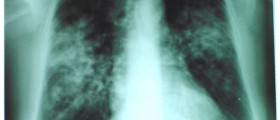
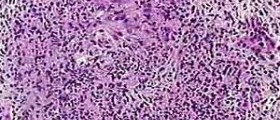
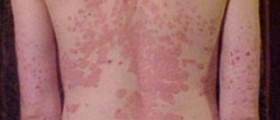
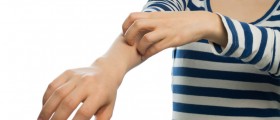



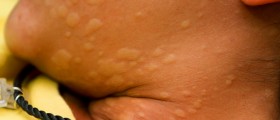

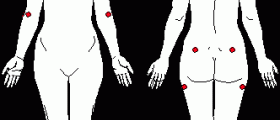
Your thoughts on this
Loading...